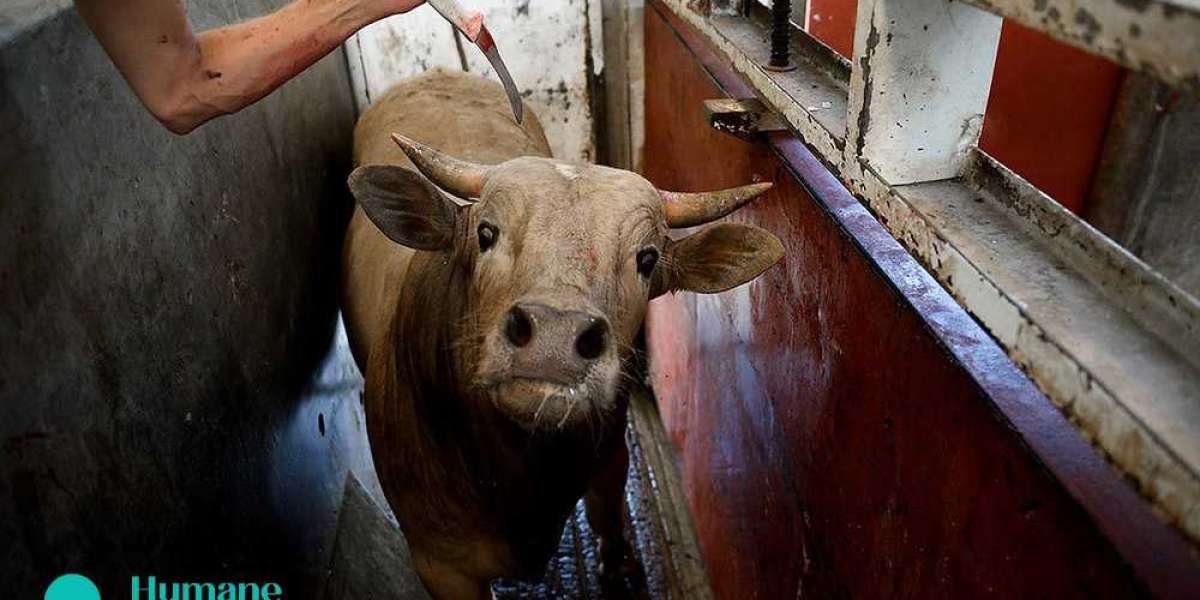Aquaculture, the practice of farming fish and other aquatic organisms, has rapidly expanded as a solution to meet the world's growing demand for seafood. However, beneath its promise of sustainable food production lies a troubling issue: aquaculture cruelty. This term encompasses the inhumane practices that many farmed fish and aquatic creatures endure, raising serious ethical and environmental concerns that need urgent attention.
Aquaculture crueltymanifests in various ways, starting with the overcrowded conditions in which many fish are kept. In pursuit of higher yields, fish are often confined to small, congested tanks or cages, severely restricting their natural behaviors and causing immense stress. This overcrowding leads to increased aggression among fish, resulting in injuries and higher mortality rates. The lack of space and enrichment also prevents fish from exhibiting natural behaviors, leading to a diminished quality of life.
Another aspect of aquaculture crueltyis the rampant use of antibiotics and chemicals to combat diseases and parasites that thrive in these crowded conditions. Overuse of antibiotics not only affects the health of the fish but also poses significant risks to human health by contributing to antibiotic resistance. Furthermore, the discharge of these chemicals into surrounding water bodies can harm local ecosystems, affecting wild fish populations and other aquatic life.
The breeding and genetic manipulation of farmed fish is another concern linked to aquaculture cruelty. To meet market demands, fish are often selectively bred for rapid growth, leading to various health problems. These genetically modified fish can suffer from deformities, weakened immune systems, and reduced life expectancy. The ethical implications of manipulating the genetic makeup of sentient beings for profit are profound and warrant serious consideration.
The slaughter methods used in aquaculture are often brutal and inhumane, contributing to the cruelty inherent in the industry. Many fish are not properly stunned before being killed, leading to prolonged suffering. Practices such as asphyxiation, where fish are left to suffocate in air, or bleeding out without adequate stunning, are common. These methods highlight the disregard for the welfare of these animals and the need for stricter regulations and humane practices.
Consumers have a significant role in addressing aquaculture cruelty. By being mindful of where their seafood comes from and choosing products that are certified for higher welfare standards, individuals can help drive demand for more ethical practices. Supporting sustainable and humane aquaculture operations can lead to better conditions for farmed fish and a reduction in harmful environmental impacts. Additionally, exploring plant-based seafood alternatives can be a powerful way to reduce reliance on traditional aquaculture.
Raising awareness about aquaculture crueltyis crucial for fostering change. Many people remain unaware of the suffering endured by farmed fish, and educating the public can lead to more informed consumer choices. Documentaries, articles, and social media campaigns can effectively highlight these issues and mobilize collective action towards more ethical and sustainable aquaculture practices.
In conclusion, aquaculture crueltyis a pressing issue that needs immediate attention. The inhumane treatment of farmed fish, environmental degradation, and health risks associated with current aquaculture practices cannot be overlooked. By making informed choices and advocating for better standards, consumers can contribute to the development of a more humane and sustainable aquaculture industry. It is imperative that we recognize the ethical implications of our food choices and strive towards a future where the welfare of all living beings is respected.













